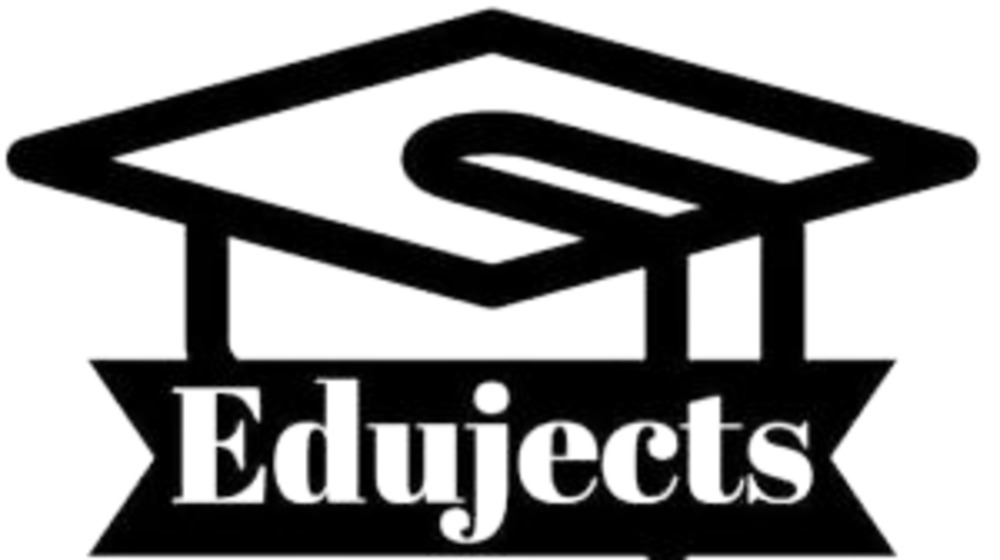A Semantic Study of Selected Print Advertising Slogans of Healthcare Products in Nigeria. The aim of the study is to examine the semantic features of the advertising slogans of healthcare products in Nigeria
A Semantic Study of Selected Print Advertising Slogans of Healthcare Products in Nigeria
CHAPTER ONE
GENERAL INTRODUCTION
Background to the Study
Advertising slogans on healthcare products and medicine are essential for reaching universal health coverage. According to World Health Organization (WHO), healthcare products are indispensable component of healthcare systems in the prevention, diagnosis and treatment of disease in alleviating disability or functional deficiency. Customers with interest tend to read the advertising slogans which are usually written on billboards, newspapers, magazines or the product brand pack about healthcare products. They develop a certain point of view about the slogans written or advertised on the products. These print media advertising affect the public view about their livelihood and the product as a whole. Thus, it is necessary to advertise these products using the right choice of words and simple language that will inform and educate the consumers about what they are to consume.
Emodi (2011) asserts that “language, in the business world, is the most influential device of publicity owing to its attractive nature”. A clever use of words in an economic way is the beauty of advertising slogans. An advertising slogan is a word or phrase that is easy to remember and is used by a group or business organizations to attract attention. The elements of persuasiveness remain the target area of interests of any advertisement. Simple and persuading language, choice and arrangement of words are the instruments or tools which can be used to bring about the desired result of advertising. Stewart (1968) identifies three techniques of effective communications as unity, coherence, and emphasis. Principally, language exploited for advertisements remains informal and conversational but sometimes the element of intertextuality is also found in such compositions.
Semantics is that level of linguistics that philosophically and systematically studies meaning of words and sentences that can be expressed in natural language. As stated by Palmer (1981), “Semantics is the technical term used to the study of meaning, and since meaning is part of language, semantics is part of linguistics” (p.1). For one to communicate effectively, one needs to know the exact message to be conveyed to the customers or audience. Since understanding the intended meaning of an expression is the core of the communication process; Advertising practitioners must know the right choice of words to use in order to communicate the message effectively. Kotler (1980, P.487), cited in Amodu (2012), explains that adverts can be informative and persuasive in nature. He defines advertising as: “the use of paid media by a seller to communicate persuasive information about its products, services or organization” (P.486).
According to Wilsmshurt (2002, P.12), the language of advertising must be able to command attention, sustain interest and be memorable. In other words, it is necessary to examine linguistic features at the semantic level to analyse the language of the print media advertising. To achieve this, a clear distinction between formal analysis of language and meaning based analysis must be considered. A formal analysis has to do with observation, occurring forms of the language and the relationships between them while a meaning based or semantic analysis showcases how forms are used as medium of communication. In this research work, the focus is on the semantic based analysis. The researcher analyses the process of meaning within the general framework of semantic features and Sperber’s Relevance Theory of Meaning. The study analyses the meaning of slogans and identify the semantic features in order to reveal mechanisms encoding and decoding covert messages used in selected print media slogans of healthcare products in Nigeria. Scholars and researchers like Emodi (2011), Adeyemi (2008), Fialová (2017) have previously worked on the semantic analysis of advertisement but emphasis have not been placed on healthcare product advertisements in Nigeria.
This research work was written by Iniobong Okon. To get the complete dissertation from the author, contact us. You can also hire us to write on similar project topic. To avoid plagiarism, you are not to copy and paste this contents anywhere else.

